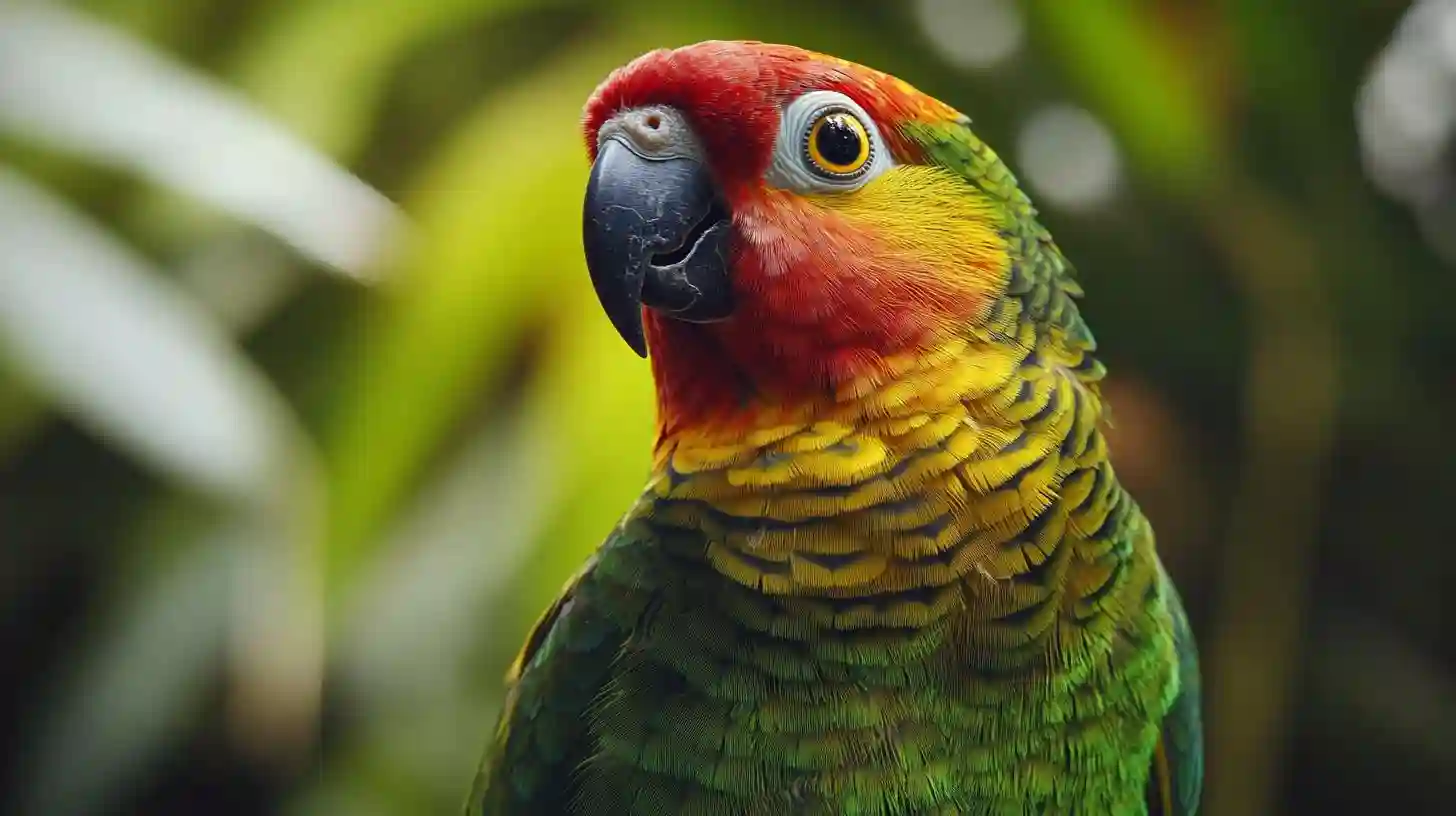
The Spix’s Macaw, a striking blue parrot native to Brazil, has captivated the hearts and minds of bird enthusiasts and conservationists alike with its vibrant plumage and charming behavior. Once prevalent in the wild, this spectacular avian species has faced catastrophic declines, effectively disappearing from its natural habitat. As habitat loss, illegal trapping, and human encroachment on its environment took their toll, the Spix’s Macaw became one of the rarest birds on the planet. By the turn of the millennium, the last known individual in the wild was spotted, and it soon became evident that urgent action was needed to save this beloved species from the brink of extinction.
Habitat destruction has played a significant role in the decline of the Spix's Macaw. The deforestation of the Brazilian caatinga—a semi-arid ecosystem characterized by its unique flora and fauna—has led to the loss of nesting and foraging sites essential for the bird's survival. Agriculture, livestock grazing, and urban expansion have all contributed to this ecological crisis, fragmenting the parrot's territory and isolating small populations. Additionally, the illegal pet trade has exacerbated the situation by removing individuals from the wild. The allure of owning a Spix’s Macaw, with its brilliant color and intelligence, has led many to capture the birds unlawfully, disrupting their breeding and social structures.
Conservationists and environmental organizations have recognized the urgency of the situation, mobilizing resources and expertise to undertake a multifaceted approach to saving the Spix's Macaw. One of the most promising developments in conservation efforts has been the establishment of breeding programs. These initiatives often involve collaboration across international borders, necessitating the support of governments, NGOs, and wildlife organizations to create sustainable programs. Captive breeding has been implemented successfully, with significant strides made toward increasing the population of Spix’s Macaws in controlled environments. The goal is to breed these exquisite birds in captivity and eventually reintroduce them into the wild, a strategy that has been essential for many endangered species worldwide.
The release of captive-bred Spix's Macaws has been conducted in meticulously chosen sites that represent the bird's natural habitat. Careful attention has been paid to the selection of release locations, ensuring that the conditions support the birds' survival. Fostering their skills in foraging and nest building is critical, leading to programs that involve pre-release training. Researchers and conservationists monitor the released populations, gathering data on their adaptation, behavior, and interactions with their ecosystem. The objective is to create a self-sustaining population that can thrive without human intervention.
Collaborative efforts extend beyond breeding programs. Local communities are often engaged in conservation strategies as essential stakeholders. Sustainable development initiatives help alleviate poverty in areas where the Spix’s Macaw once flourished, allowing local residents to benefit from preserving the parrot's habitat. Educational programs are also implemented to raise awareness about the importance of biodiversity and conservation, fostering a sense of stewardship among local populations. By empowering communities and involving them in conservation efforts, the chances of long-term success for the Spix's Macaw increase dramatically.
The journey to revive the Spix's Macaw has not been without challenges. Every reintroduction effort comes with risks, including competition with other species and the challenges of adapting to wild conditions after years in captivity. The road ahead requires careful planning, ongoing research, and a commitment to understanding the complexities of this unique species. Climate change also looms as a significant threat, raising questions about how its habitat will change in the coming decades. Addressing these challenges is critical to creating a resilient future for the Spix's Macaw.
As the world faces an ongoing biodiversity crisis, the story of the Spix's Macaw serves as a poignant reminder of the fragility of life on Earth. Successes in its conservation can inspire hope and action for other endangered species. Each Spix’s Macaw restored to the wild represents not just a victory for an individual species but for the entire ecosystem that relies on such wildlife. The dynamic interplay between conservation efforts and community engagement has the potential to foster biodiversity and sustainable practices, creating a legacy that extends far beyond this singular parrot. Ultimately, the fate of the Spix’s Macaw will continue to captivate the attention of conservationists and bird lovers, serving as both a challenge and an opportunity in the broader narrative of global conservation efforts.